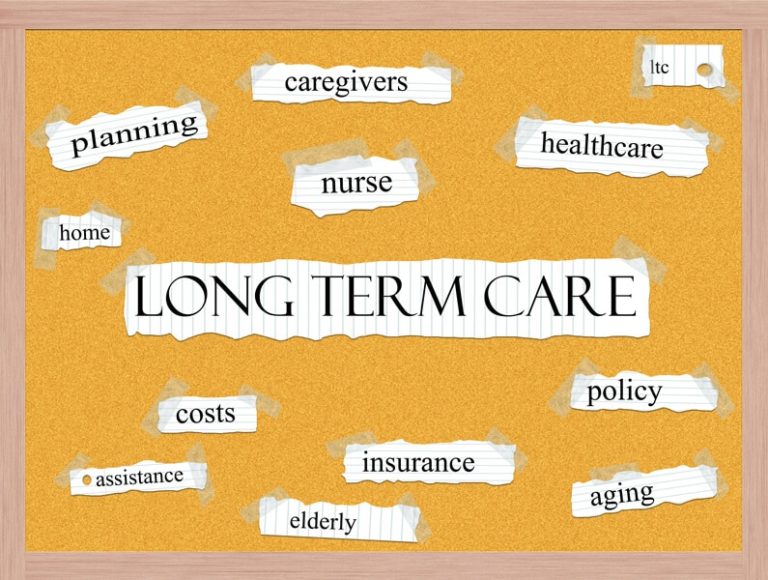Long-term care is often a costly, but equally necessary, reality for millions of Americans. It is estimated that 52% of Americans who’ve recently turned 65 will need long-term care services at some point in their lifetime. What different avenues do families have to go down in order to ensure their aging loved ones can get the care that they need?
This blog series,“11 Ways to Pay for Long-Term Care,” is devoted to offering practical tips to ordinary people who may be struggling with the subject, and will offer some hopeful and helpful perspective. Each blog post will outline ideas for helping to get loved ones into much-needed long-term care.
This week, we’re taking a look at Long-Term Care Insurance as the first way to pay for long-term care. Let’s dive in.
What are Some of the Benefits of Long-Term Care Insurance?
Long-term care insurance is one of many ways to pay for long-term care, and perhaps unexpectedly, long-term care insurance covers more than just long-term care. It can often also cover things such as adult daycare, care coordination services, and even the cost to modify a home for seniors (such as rails or shower grab bars).
When is the Best Time to Purchase Long-Term Care Insurance?
Since a vast majority of claims for long-term care insurance occur after age 70, it is most ideal to purchase long-term care insurance well before retirement. Premiums typically go up significantly after age 65, so for those who will consider this option, earlier is definitely better.
What are the Drawbacks of Long-Term Care Insurance?
It’s important to remember that one of the main drawbacks of long-term care insurance is that underwriters are involved in the process. In other words, there is simply no guarantee that your loved one will get approved for long-term care insurance. Likewise, pre-existing conditions can make premiums so high that this option is simply not worth it. Lastly, while it is a very helpful way to pay, even in the most friction-free circumstances, the stark reality is that many Americans will not be able to afford the pricey premiums of long-term care insurance.
In our next post, we’ll explore a second option for paying for long-term care and consider the pros and cons of that way to pay.
Need help paying for skilled nursing or at-home care? Download our entire “11 Ways To Pay for Long-Term Care” booklet, and share it with your entire family.
View More from the 11 Ways to Pay for Long-Term Care Series:
11 Ways to Pay for Long-Term Care: #11 Medicaid Planning
11 Ways to Pay for Long-Term Care: #10 Charitable Remainder & Medicaid Disability Trust
11 Ways to Pay for Long-Term Care: #9 Viatical or Life Settlement
11 Ways to Pay for Long-Term Care: #8 Leveraging the Cash Value of Life Insurance
11 Ways to Pay for Long-Term Care: #7 Family Friends & Service Clubs
11 Ways to Pay for Long-Term Care: #6 Children of the Parents
11 Ways to Pay for Long-Term Care: #5 Tax Deductions
11 Ways to Pay for Long-Term Care: #4 Jumbo Reverse Mortgage
11 Ways to Pay for Long-Term Care: #3 HELOC
11 Ways to Pay for Long-Term Care: #2 Reverse Mortgage
11 Ways to Pay for Long-Term Care: #1 Long-Term Care Insurance




